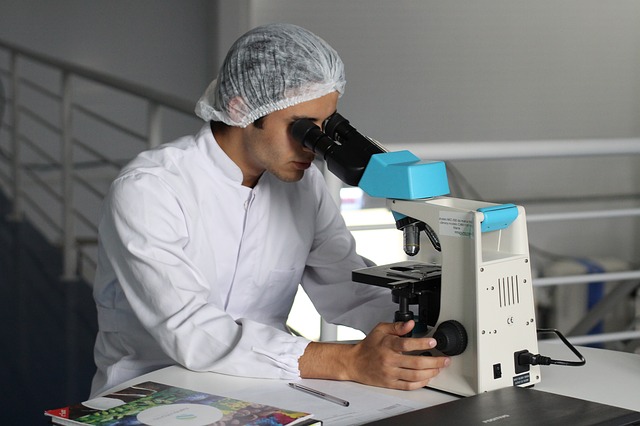Researchers test a new method of administering immunotherapy, in the hopes of overcoming existing barriers to immunotherapy for glioblastoma.
Glioblastoma, the most common type of brain cancer, is considered one of the most aggressive forms of human cancer. The survival period for patients diagnosed and treated for glioblastoma averages at only 14 months. Though treatment procedures like immunotherapy have proved successful for other types of cancers, its application has been ineffective for this aggressive cancer. The reason, research suggests, is due to a “cold” microenvironment that is depleted of immune cells required for immune therapy to take effect and fight the cancer cells.
Researchers today are trying to tackle this issue – by transforming the “cold” microenvironment to a “hot” one. This may help increase the effectiveness of immunotherapy such as “checkpoint blockage through anti-PD1 antibodies”. While many methods are available to achieve this process, the side effects hinder it from being used successfully. Radiotherapy, for example, helped to reduce brain tumour in mice with the help of radiation sensitizers and PD-1 blockage. However, it is severely limited by how much the human brain can be exposed to x-ray doses that do not cause significant injuries to the brain cells. Similarly, photodynamic therapy combined with PD-1 blockage, while proving a potential remedy for breast cancer, could not be applied for glioblastoma due to the limitation of penetration depth which varies with tissue type.
One of the promising methods currently being tested by the researchers at the University of Minnesota, is an acoustic-based method of High Intensity focused Ultrasound (HIFU). In general, focused ultrasound-based remedies have been demonstrated to be a safe and non-invasive method with high penetration depth, with thermal-based HIFU already being used to treat kidney tumours. As thermal-based HIFU used in general treatment has the side-effect of heat generation (which can impact healthy tissues around the affected area), mechanical based HIFU is considered as the potential alternative.
In a recent study, researchers examined the efficiency of using mechanical HIFU along with microshells filled with perfluorocarbon (PFC) to induce the “hot” immune environment. In this procedure, ultra-thin walled microshells loaded with PFC liquid is injected into the tumour area. These microshells act as an acoustic enhancer, such that when mechanical HIFU is applied in the area containing these microshells, they break up and rupture cancer cells in nearby areas. This, in turn, acts as an accelerant for recruitment of immune cells to the area, effectively turning the area from a “cold” to “hot” immune environment. Under these modified conditions, the effectiveness after application of anti-PD1 immune therapy increased dramatically.
The treatment method was compared with thermal HIFU currently used in other cancer treatment plans – performing the methods on mice, the researchers found that use of thermal HIFU increased the surrounding temperatures by almost 60 degree Celsius and then a drop of 30 degrees (indicating the complete breakdown of the microshells), while using mechanical HIFU raised the temperature by only seven degrees Celsius. Both methods result in the breaking up of PFC-filled microshells in about two minutes.
The researchers also pointed out that Glioblastoma operations usually have the area of brain exposed, which makes it possible to directly inject microshells spatially across the tumour area in small concentrated doses. Also, due to the nature of PFC filled inside the microshells, the researchers could map out the area with colour Doppler Imaging, making it easier to guide the HIFU. The strong survival curve in mice when using mechanical HIFU along with anti PD-1 treatment was encouraging, the researchers note.
The findings suggest a potential solution where the acoustic process of rupturing microshells with HIFU can accelerate immune pathway stimulation, which can be tuned to combine with existing immunotherapies for glioblastoma, and other cancer types, that would otherwise be not responsive to such checkpoint blockage treatment.
Written by Sameena Ahmed
References:
Wiley online library-Advanced therapeutics: Microshell Enhanced Acoustic Adjuvants for immunotherapy in Glioblastoma.
EurekAlert!: The ‘Goldilocks’ principle for curing brain cancer https://www.eurekalert.org/pub_releases/2019-10/uomm-tp100419.php
Image by luvqs from Pixabay



